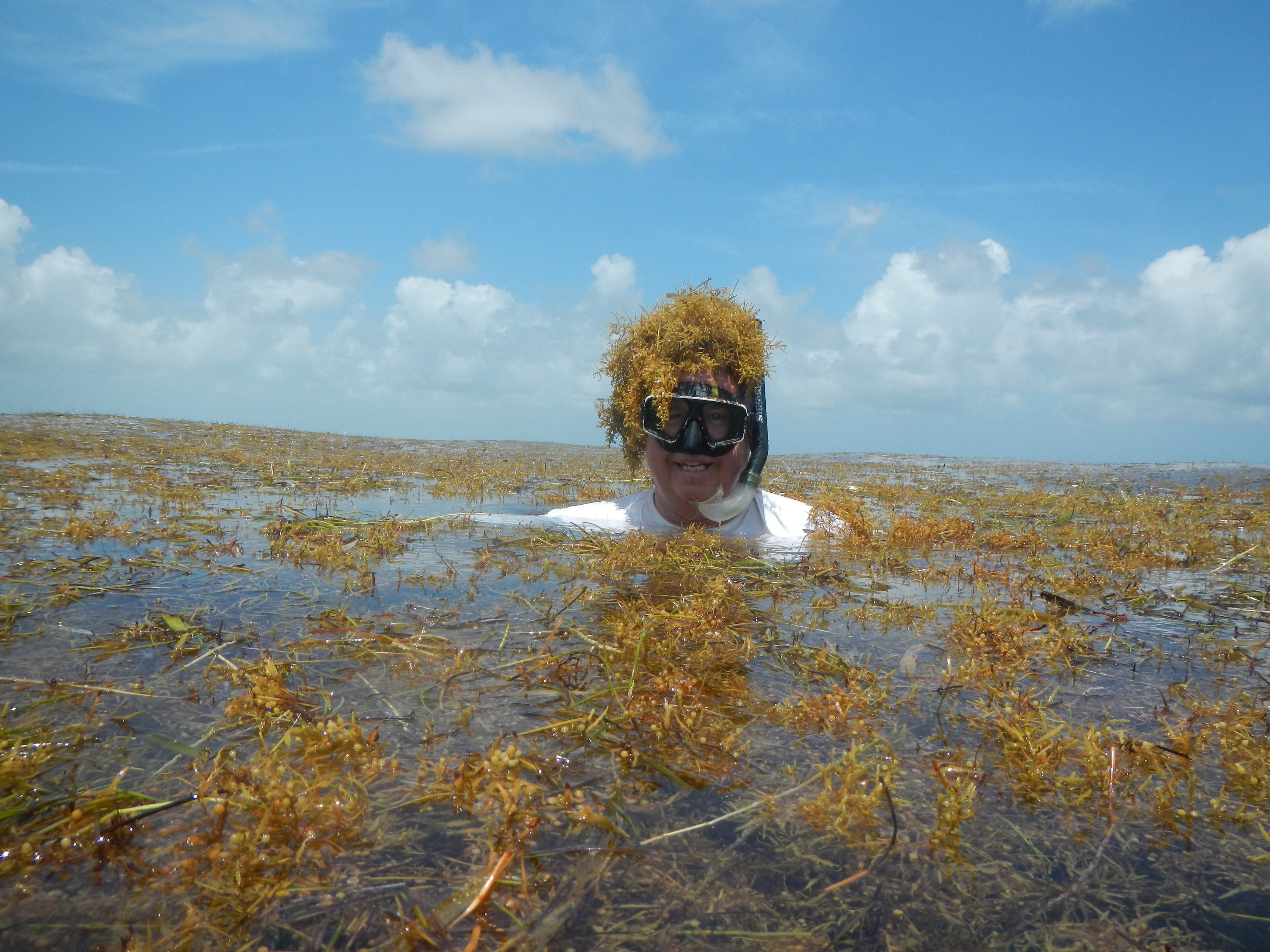With the help of a small balloon, heart experts at Memorial Regional in Hollywood are putting the deep freeze on cells that cause the heart's rhythm to go haywire.
They’re bringing temperatures down to minus 80 degrees Celsius, which is 112 below zero Fahrenheit, to treat Atrial Fibrillation.
A-Fib, as it’s called, affects more than two million people in the U.S. and is the most common type of heart rhythm problem.
Zipora Zinger was among the first patients in South Florida to undergo Cryoablation for A-Fib.
Local
She describes the rhythm disorder as “not constant, the rhythm would be whatever it wants.”
The balloon is inserted through a catheter in the groin up to the area of the heart that's malfunctioning, where cells are misfiring. Once it's at the right spot, a refrigerant in the balloon is used to create lesions.
“These lesions are directed at a nest of cells which tend to do their own thing, when they fire erratically. These are the triggers that cause the upper chamber of the heart to go out of rhythm” explains Dr. Awais Humayan.
Cryoablation is quicker than using radio frequency or RF to destroy those cells with heat. The success rate also seems to be higher using extreme cold versus heat.
Only about 50-60 per cent of patients treated with RF remain free of A-Fib for a year. The Cryoablation success rate is between 70-90 per cent.
Zipora had a traditional RF ablation in 2009 that did not work. On February 22, Dr. Humayan tried this new freezing technique on her.
“Since the procedure I can do everything” says Zipora. “I came back to what I used to be.”



